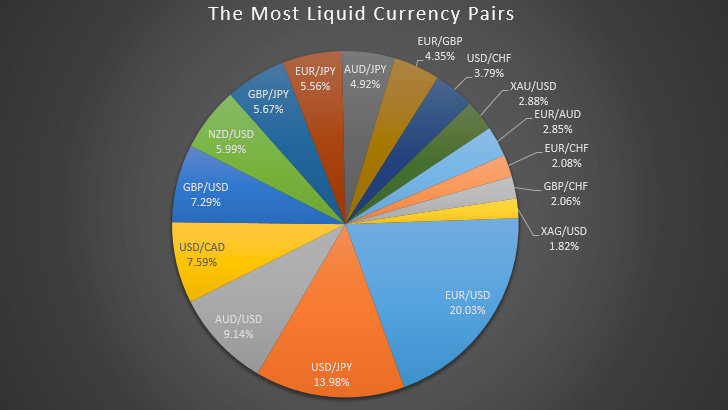

Louis Fed researchers further explained that on the one hand, there is a smaller supply of liquidity because households and firms move their money out of cash and deposits to less-liquid assets.

When deposits are removed from the banks, the banks have less money to lend and liquidity dries up.” Thus, we expect households and firms to remove their money from deposits and shift their money to other markets with better returns, such as bonds.

“Therefore, it is becoming more costly for people to hold not only cash but also bank deposits. “These findings mean that the deposit spread-the difference between the federal funds rate and the deposit rate-is increasing,” the analysis continued. ”Ĭhecking and savings rates did not increase, and three-, six- and 12-month CD rates increased by 1, 2, and 3 basis points, respectively, the research found. In fact, in the current 2022 tightening cycle, between February and June, the monthly average of the effective federal funds rate increased 113 basis points. “However, if we look at the last two tightening cycles, CDs hardly move at all in response to a rising federal funds rate. “In the first two tightening cycles, around 2000-05, the CDs all seem tied to the federal funds rate while it is rising,” the St. Louis Fed said the research shows that historically checking and savings rates show almost no response to the increase in the federal funds rate and have been near zero since the 2007-09 financial crisis. How do bank deposit rates respond?”Īs shown in the chart, the St. In this environment, when the FOMC raises the federal funds rate, cash becomes more expensive to hold. Moreover, banks also have market power and set the interest rate on deposits. Bonds are the least liquid among these assets, and assume, for simplicity, that bonds pay the federal funds rate. “Deposits, such as checking, savings, or time deposits, are less liquid than cash, but they pay rates set by the bank. Cash is the most liquid asset but pays no interest,” the St. “Imagine a simple world where you can choose between three assets: cash, deposits, or bonds. Louis Fed has released new research that investigates the links between monetary policy and its macroeconomic effects, including in the 2022 tightening cycle. With the Federal Open Market Committee (FOMC) raising the federal funds rate at its past four meetings, the St. LOUIS–As it is becoming more costly for people to hold not only cash but also bank deposits, new liquidity pressures are being felt by both financial institutions and depositors, creating a “liquidity premium,” according to new research by the St.


 0 kommentar(er)
0 kommentar(er)
